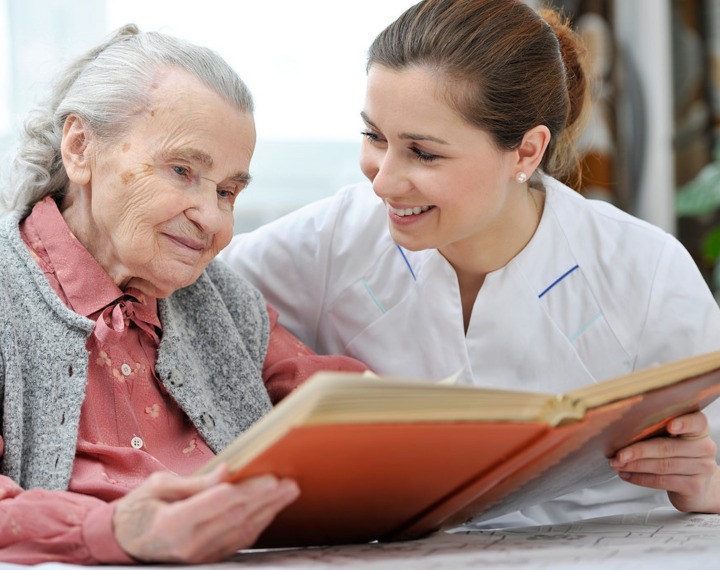Safety & Health at Work: Care Home Health & Safety
 It’s a well-known fact that care home workers can face considerable work-related health and safety risks, from risks associated with lifting and moving residents to risks linked to exposure to infections and violence from care home residents with dementia or mental health problems. Like any job, working in a care home environment comes with its own health and safety hazards, which is why it’s essential that effective health and safety practices are in place.
It’s a well-known fact that care home workers can face considerable work-related health and safety risks, from risks associated with lifting and moving residents to risks linked to exposure to infections and violence from care home residents with dementia or mental health problems. Like any job, working in a care home environment comes with its own health and safety hazards, which is why it’s essential that effective health and safety practices are in place.
Care home workers play an essential role in improving the quality of life for thousands of people who are sick, elderly or disabled, with the work involving looking after adults and children with a range of health problems. The good news is that health and safety risks can be easily reduced in many areas for care home teams, but only if employers’ ensure that they take health and safety seriously.
Bearing that in mind, below is a guide to some ‘good practice’ advice surrounding care home health and safety, and how team members can be kept safe while at work.
Risk assessments are crucial
Under the 1999 Management of Health and Safety at Work Regulations, employers’ must make sure that a suitable risk assessment is in place when it comes to the health and safety of all their staff. This assessment should not only outline the risks that come with the job, but it should also identify preventative measures to reduce and manage risk where possible. These assessments should also be updated on a regular basis, ensuring that any new risks are appropriately outlined and noted. In care homes where there are five or more employees, written records must be kept of risk assessments.
Care home risk assessments should focus on a range of areas, from manual handling, the working environment and hazardous substances to dealing with violent incidents and the procedures that are in place for reporting and managing any hazards that occur. Team members have the right to question their employers regarding risk assessments if they feel that these have not been completed in the proper manner or if they believe that risks aren’t being taken seriously enough.
Training is vital
When it comes to workplace health and safety, one of the most important ways that care home environments can keep their team members safe is to ensure that adequate training is incorporated into their schedules. Bearing this in mind, employers have a legal responsibility to provide all team members with adequate health and safety information and training. This training should include the risks that employees are exposed to, in addition to a guide to the precautions that they need to take to reduce the risk of being exposed to health and safety issues while at work.
It is recommended that all new team members are given induction training when they join a new care home. This training is designed to make it clear what care home team members should and shouldn’t do while at work, including providing appropriate guidance on common health and safety concerns, in addition to providing useful advice regarding what classes as appropriate footwear and clothing. Where a risk assessment notes that specialist clothing must be used to protect staff from hazards, then the employer should pay for it. Induction training must, by law, include guidance on moving and handling, infection control, fire procedures, and first aid.
Moving and handling is a serious area of concern
Of all the areas of concern when it comes to health and safety in care environments, one of the most important is moving and handling. This is because if moving and handling isn’t done right, the consequences can be catastrophic for both the carer and the resident. For most employees in care homes, moving and handling is a key part of their daily work schedule, and not only includes moving residents but also laundry, supplies and equipment.
Poor moving and handling practice can lead to various health and safety concerns, including back pain and muscular disorders, which can lead to problems being able to continue working. Moving and handling accidents are also a common concern, which can lead to the person being moved and the person doing the moving being injured. There’s also the concern of discomfort and a lack of dignity for the person that is being moved. When it comes to moving and handling, action must be taken to reduce the risk of injury.
There you have it, some useful tips and advice surrounding care home safety. Have we missed anything? Let us know!




